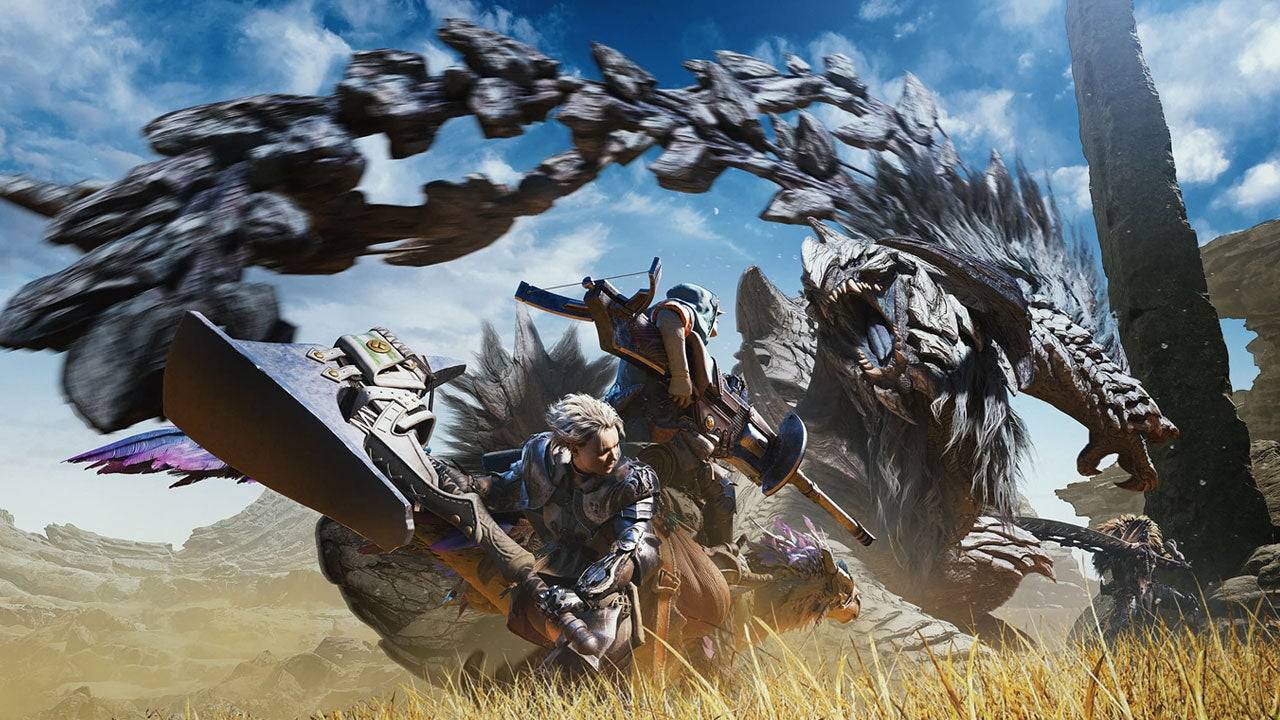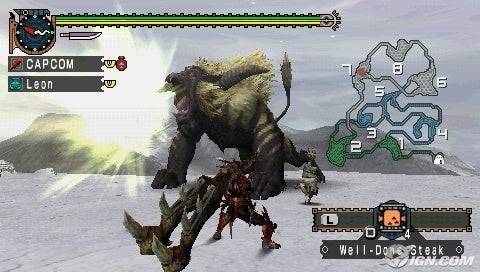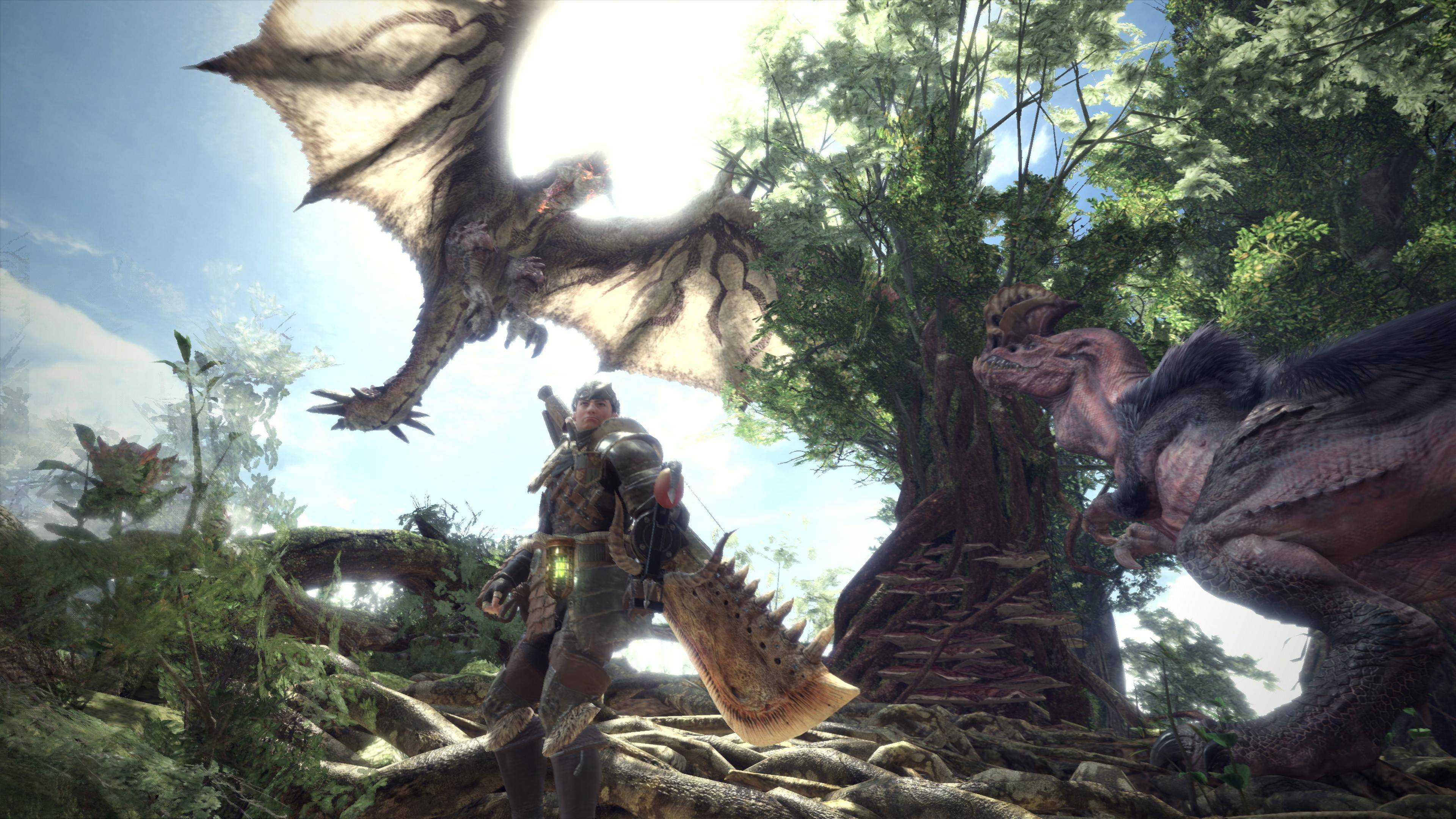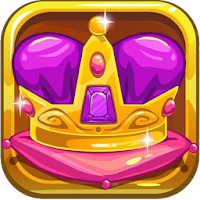In the lead-up to its global launch, Monster Hunter Wilds shattered pre-order records on both Steam and PlayStation, seamlessly following in the footsteps of its predecessors, 2022's Monster Hunter Rise and 2018's Monster Hunter: World. These sales figures have solidified Capcom’s unique and esoteric RPG series as one of the largest video game franchises worldwide. Yet, this wasn't always the case. Just under a decade ago, the notion of a Monster Hunter game achieving such global acclaim would have seemed far-fetched. Going back to 2004, when the original Monster Hunter debuted, it received mixed reviews. It wasn't until the series transitioned to the PSP in 2005 that it truly exploded in popularity—in Japan.
For a long time, Monster Hunter epitomized the "bigger in Japan" phenomenon. The reasons for this were straightforward, as this article will explore, but Capcom never ceased in their efforts to bring Monster Hunter to a global audience. The success of Monster Hunter: World, Rise, and now Wilds attests to the fruits of their labor. Here's how Monster Hunter evolved from a domestic hit to a global phenomenon.
 Around the time of Street Fighter 5's launch in 2016, Capcom underwent an internal reorganization to prepare for a new generation of games. These games were to run on Capcom’s brand new RE Engine, replacing the aging MT Framework. However, this change encompassed more than just technology. It included a new mandate to create games for a global audience, not just for existing, territory-specific fans.
Around the time of Street Fighter 5's launch in 2016, Capcom underwent an internal reorganization to prepare for a new generation of games. These games were to run on Capcom’s brand new RE Engine, replacing the aging MT Framework. However, this change encompassed more than just technology. It included a new mandate to create games for a global audience, not just for existing, territory-specific fans.
"It was a few factors that came together," says Hideaki Itsuno, a former game director at Capcom known for his work on Devil May Cry. "The change of the engine and also all teams were given a very clear goal at that point to make games that reach the global market. [Games] that are fun for everyone."
During the PS3 and Xbox 360 era, Capcom's attempts to cater to the "Western games market" were evident. While Resident Evil 4 was a major success, other ventures like Umbrella Corps and the Lost Planet series, which chased Western gaming trends, didn't achieve the desired impact. Capcom eventually realized the need to create universally appealing games.
"I think that we had that clear goal of just focusing and not holding anything back," Itsuno says. "Towards making good games that would reach people from all over the world."
Itsuno highlights the pivotal time leading up to 2017, noting, "The changes in organization and the changes in the engine, all these elements came together around that time." The launch of Resident Evil 7 that year marked the beginning of a Capcom renaissance.
No series better embodies Capcom's new goal for global success than Monster Hunter. Despite having a dedicated Western fanbase, the series was significantly more popular in Japan for decades. This wasn't intentional, but rather due to real-world factors.
Monster Hunter found tremendous success moving from PlayStation 2 to the PSP with Monster Hunter Freedom Unite. The handheld gaming market has always been stronger in Japan, as evidenced by the success of the PSP, Nintendo's DS, and the Switch. According to the series’ executive producer Ryozo Tsujimoto, the key to Monster Hunter's success in Japan was the ability to play with friends reliably, thanks to the country's advanced wireless internet network.
 "20 years ago, Japan was in a very, very solid state in terms of the network environments available to people, and being able to connect and to play online together," Tsujimoto says. "And of course, we’re not speaking for everyone there, because we realize that there are people who may not have had the chance to play with friends back then. But by moving over to handheld systems, we were able to grow that player base that was interacting and playing multiplayer together."
"20 years ago, Japan was in a very, very solid state in terms of the network environments available to people, and being able to connect and to play online together," Tsujimoto says. "And of course, we’re not speaking for everyone there, because we realize that there are people who may not have had the chance to play with friends back then. But by moving over to handheld systems, we were able to grow that player base that was interacting and playing multiplayer together."
Monster Hunter, built on the core pillar of cooperative play, thrived on handheld consoles, which allowed friends to quickly jump into hunts together. This inadvertently catered to the Japanese market first, creating a feedback loop where Monster Hunter became a best-seller in Japan, leading to Japan-only content and events, further reinforcing its "Japan-only" brand.
Despite this, Monster Hunter had a passionate Western fanbase that envied the exclusive content Japanese players enjoyed. As the Western world's internet infrastructure improved and online play became standard, Tsujimoto and the team seized the opportunity to launch Monster Hunter: World, their most advanced and globally accessible game to date.
Released in 2018 on PlayStation 4, Xbox One, and PC, Monster Hunter: World was a monumental shift for the franchise. It offered AAA console quality action with enhanced graphics, larger areas, and bigger monsters, moving away from the limitations of handheld consoles.
"Our approach to the globalization of the series and Monster Hunter in general really ties into not only the themes that we had going into designing the game, but also in the name of the game," Tsujimoto reveals. "The fact that we called it Monster Hunter: World is really kind of a nod to the fact that we wanted to appeal to this worldwide audience that we wanted to really dig into and experience Monster Hunter for the first time."
 It was crucial that Monster Hunter: World did not prioritize one market over another. The game was released simultaneously worldwide, with no exclusive content locked to Japan. Tsujimoto emphasizes that this move "comes with realigning ourselves to hit those global standards that people come to expect of titles around the world."
It was crucial that Monster Hunter: World did not prioritize one market over another. The game was released simultaneously worldwide, with no exclusive content locked to Japan. Tsujimoto emphasizes that this move "comes with realigning ourselves to hit those global standards that people come to expect of titles around the world."
The team conducted focus tests and user tests worldwide, gathering feedback that significantly influenced the game's design and contributed to its global success. One notable change was the inclusion of damage numbers when players hit monsters, a tweak that enhanced the appeal of the already successful formula.
Previous Monster Hunter games typically sold between 1.3 to 5 million copies, not including re-releases and special editions. In contrast, Monster Hunter: World and its 2022 follow-up, Monster Hunter Rise, both surpassed 20 million copies sold.
This growth was no accident. Rather than altering Monster Hunter's essence to cater to Western tastes, Tsujimoto and the team found ways to make the series' unique and sometimes complex nature more accessible to a broader audience without compromising its core.
"At its heart, Monster Hunter really is an action game, and that sense of accomplishment you get from really mastering that action is an important aspect of Monster Hunter," Tsujimoto explains. "But for newer players, it's really getting to that point. The steps involved in getting to that sense of accomplishment is really what we're trying to strategize for, in terms of designing for new players. So with World and Rise, for example, we were taking really great care to analyze where players got stuck, what was hard to understand, what they were having trouble with, getting player feedback, and also doing our own kind of research into that. And all of that kind of knowledge has impacted how we've implemented new systems into Wilds."
Within 35 minutes of its release, Monster Hunter Wilds achieved 738,000 concurrent players on Steam, a figure more than double Monster Hunter: World's all-time high. With glowing reviews and the promise of more content, it seems highly probable that Monster Hunter Wilds will continue the series' mission to conquer the world.
















